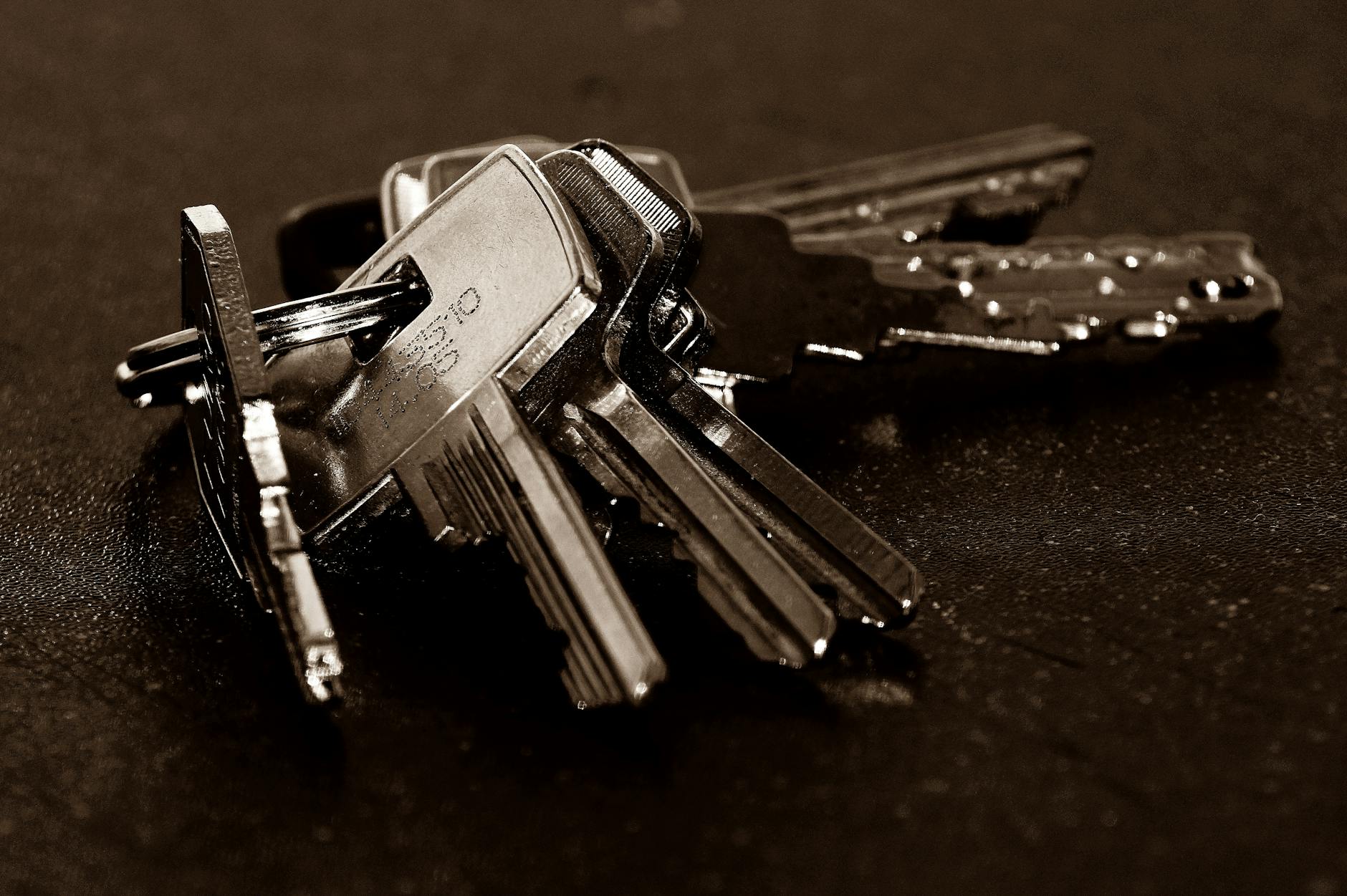In today’s interconnected world, having a secure home network setup is crucial to ensure the safety and privacy of your data. With the increasing number of devices and users in a household, it’s more important than ever to implement the right strategies to protect your network from potential threats. This article will provide you with effortless tips for setting up a secure home network that can accommodate multiple users without compromising on safety.
Importance of a Secure Home Network
A secure home network is essential to safeguard your personal information, financial data, and browsing habits from cyber threats. With the rise of smart home devices, having a secure network becomes even more critical as these devices can be vulnerable to attacks if not properly protected. By taking the necessary steps to secure your home network, you can prevent unauthorized access, data breaches, and potential cyberattacks.
Setting Up a Guest Network
One of the simplest ways to enhance the security of your home network when accommodating multiple users is to set up a guest network. A guest network provides separate access for visitors, ensuring that they do not have direct access to your main network and its devices. This helps reduce the risk of unauthorized users gaining access to your sensitive information and keeps your primary network secure.
Strong Password Protection
A strong password is your first line of defense against unauthorized access to your home network. When setting up your network, make sure to use a unique and complex password that includes a combination of letters, numbers, and special characters. Avoid using default passwords or common phrases that are easy to guess. Additionally, consider changing your password regularly to further enhance your network’s security.
Enable Network Encryption
Encrypting your home network data is essential to protect it from being intercepted by cybercriminals. Enable WPA (Wi-Fi Protected Access) or WPA2 encryption on your router to secure your network. Encryption scrambles the data transmitted between your devices and router, making it unreadable to anyone trying to intercept it. This adds an extra layer of security to your network and helps keep your information safe from prying eyes.
Update Firmware Regularly
Regularly updating your router’s firmware is crucial to ensure that it is equipped with the latest security patches and features. Manufacturers release firmware updates to address vulnerabilities and improve the overall security of their devices. By keeping your router’s firmware up to date, you can prevent potential security breaches and stay protected against emerging threats.
Use Network Access Controls
Implementing network access controls allows you to manage and restrict the devices that can connect to your home network. By setting up access controls, you can specify which devices are allowed to join the network and block unauthorized devices from gaining access. This helps prevent unauthorized users from connecting to your network and minimizes the risk of security breaches.
Conclusion
Securing your home network for multiple users is a crucial step in protecting your data and privacy in today’s digital age. By following these effortless tips, you can establish a secure network that safeguards your information and provides a safe online environment for all users. Prioritize security measures such as setting up a guest network, using strong passwords, enabling encryption, updating firmware regularly, and implementing access controls to ensure the integrity of your home network. With the right security measures in place, you can enjoy a safe and reliable network for all your connected devices.



